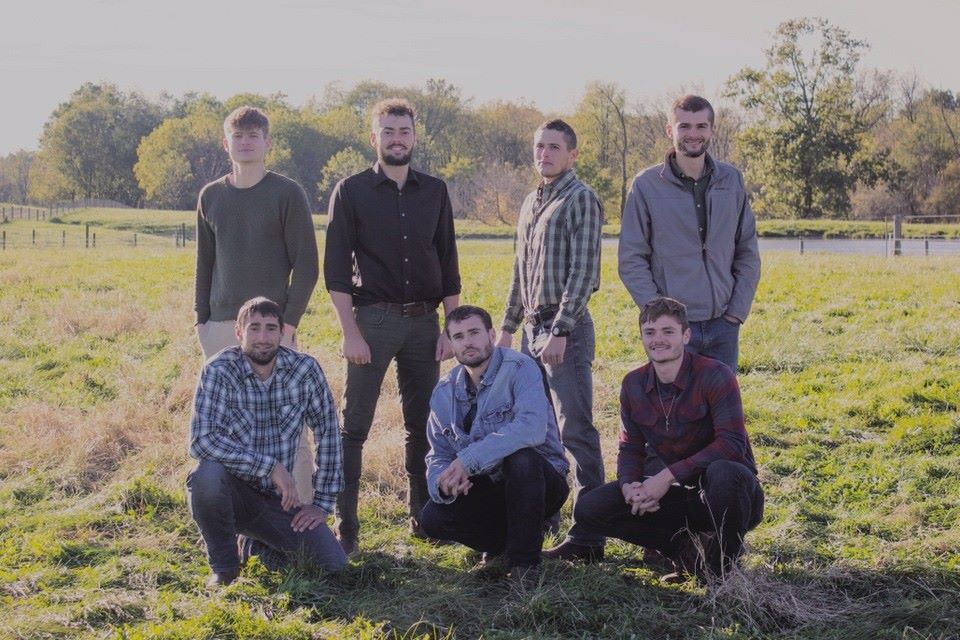Conservation Reserve Program General Signup Runs Through February 12th
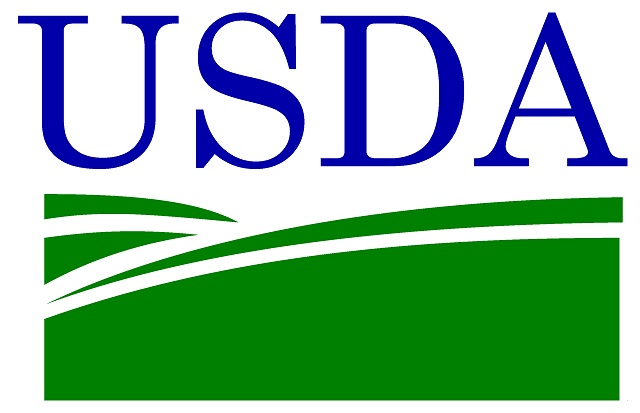
Agricultural producers and private landowners interested in the Conservation Reserve Program (CRP) can sign up for the popular program beginning today, Jan. 4, 2021, until Feb. 12, 2021. The competitive program, administered by USDA’s Farm Service Agency (FSA), provides annual rental payments for land devoted to conservation purposes.
“This signup for the Conservation Reserve Program gives producers and landowners an opportunity to enroll for the first time or continue their participation for another term,” FSA State Director, Sandy Chalmers said. “This program encourages conservation on sensitive lands or low-yielding acres, which provides tremendous benefits for stewardship of our natural resources and wildlife.”
Through CRP, farmers and ranchers establish long-term, resource-conserving plant species, such as approved grasses or trees, to control soil erosion, improve water quality and enhance wildlife habitat on cropland. Farmers and ranchers who participate in CRP help provide numerous benefits to their local region and the nation’s environment and economy. CRP general signup is held annually and is competitive; general signup includes increased opportunities for wildlife habitat enrollment through the State Acres For Wildlife Enhancement (SAFE) initiative.
New cropland offered in the program must have been planted for four out of six crop years from 2012 to 2017. Additionally, producers with land already enrolled but expiring on Sept. 30, 2021, can re-enroll this year. The acreage offered by producers and landowners is evaluated competitively; accepted offers will begin Oct. 1, 2021.
Signed into law in 1985, CRP is one of the largest private-lands conservation programs in the United States. The program marked its 35-year anniversary in December 2020. Program successes include:
- Preventing more than 9 billion tons of soil from eroding, which is enough soil to fill 600 million dump trucks.
- Reducing nitrogen and phosphorous runoff relative to annually tilled cropland by 95% and 85%, respectively.
- Sequestering an annual average of 49 million tons of greenhouse gases, equal to taking 9 million cars off the road.
- Creating more than 3 million acres of restored wetlands while protecting more than 175,000 stream miles with riparian forest and grass buffers, which is enough to go around the world seven times.
- Benefiting bees and other pollinators and increasing populations of ducks, pheasants, turkey, bobwhite quail, prairie chickens, grasshopper sparrows, and many other birds.
All USDA Service Centers are open for business, including those that restrict in-person visits or require appointments. All Service Center visitors wishing to conduct business with FSA, Natural Resources Conservation Service or any other Service Center agency should call ahead and schedule an appointment. Service Centers that are open for appointments will pre-screen visitors based on health concerns or recent travel, and visitors must adhere to social distancing guidelines. Visitors are also required to wear a face covering during their appointment. Our program delivery staff will continue to work with our producers by phone, email, and using online tools. More information can be found at farmers.gov/coronavirus.
USDA is an equal opportunity provider, employer and lender.
Get Your “Proud Farmer” and “Proud Dairy Farmer” Gear Now!
Farmers to Families Food Box Program Will Continue
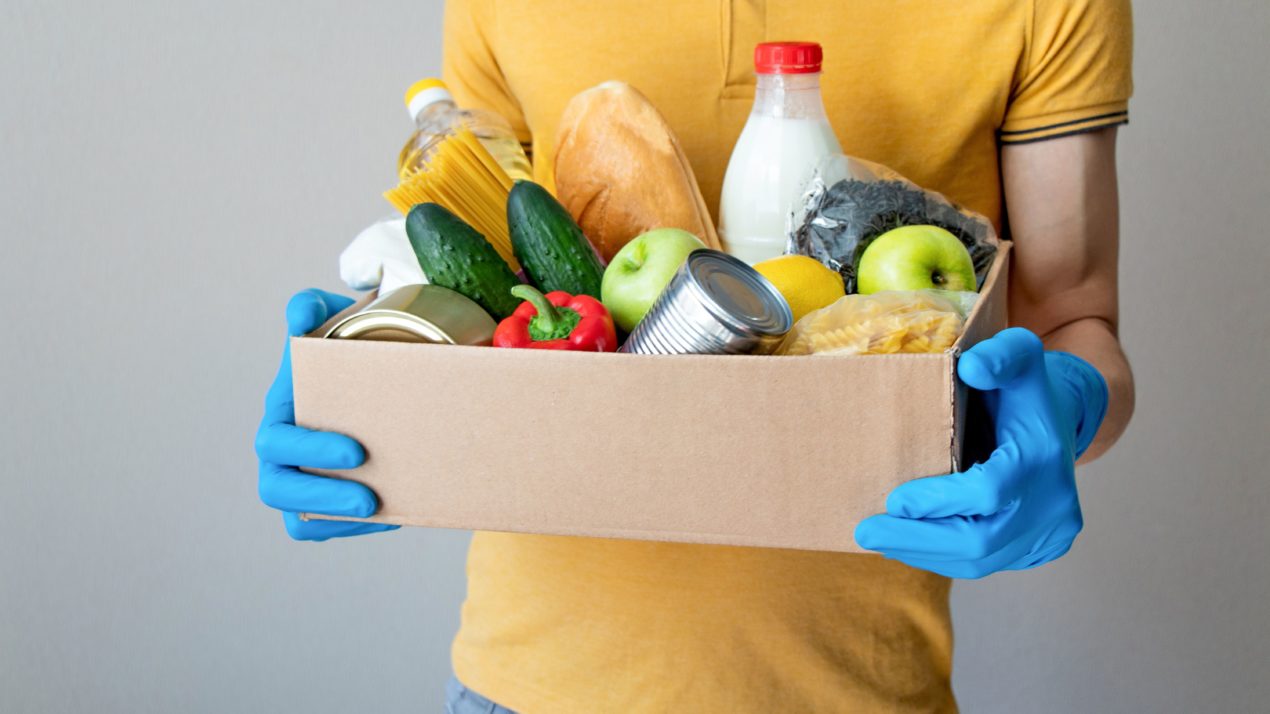
U.S. Secretary of Agriculture Sonny Perdue announced the U.S. Department of Agriculture (USDA) will purchase an additional $1.5 billion worth of food for nationwide distribution through the Farmers to Families Food Box Program. In total, USDA has distributed more than 132 million food boxes in support of American farmers and families affected by the COVID-19 pandemic.
“This new round of Farmers to Families Food Boxes will go a long way in helping American families access nutritious and healthy meals as we recover from the COVID-19 pandemic. Thanks to the President Trump’s leadership, we have helped tens of millions of families and countless farmers with this program,” said Secretary Perdue. “President Trump has committed to helping the American people recover and rebuild and this program helps American families get back on solid ground by ensuring they receive the nutritious food they need during these difficult times.”
“With over 3.3 billion meals distributed to families across this nation, I am proud to share that thanks to the Trump administration’s efforts, the Farmers to Families Food Box Program has an additional $1.5 billion to continue to feed families in need, provide employment and support our small farmers. During these unprecedented times, this Administration will continue to fight for American families and will always put them first!” – Advisor to the President Ivanka Trump
Background:
The additional funding for the program was included in the COVID-19 relief package as part of the Consolidated Appropriations Act passed December 21, 2020. In this fifth round of purchases, USDA will again purchase combination boxes to ensure all involved recipient organizations have access to fresh produce, dairy products, fluid milk and meat products, and seafood products will also be included in this round.
The solicitation will be issued to over 240 organizations that have previously received Basic Ordering Agreements (BOA). Solicitations to existing BOA holders are expected to be issued by the end of the week, with contract awards expected to be made by January 19. Deliveries will begin shortly after awards are issued and continue through the end of April. Additional BOA proposals will not be reviewed nor accepted at this time. A complete list of BOA holders can be found at www.ams.usda.gov/sites/default/files/media/RoundFourBOAHolders.pdf (PDF, 180 KB).
An amendment to the BOA will be issued to clarify the amount of acceptable processed meat products, to include seafood products and to clarify certain labelling requirements. Pre-cooked seafood products are now eligible for food box inclusion and can be aggregated with pre-cooked meat (beef, pork, chicken and turkey) products and egg or egg products to meet the existing material description weight requirements. In addition, USDA has emphasized that other hard, semi-firm or semi-soft cheese, for example, Blue, Brick, Colby, Edam, Gorgonzola, Gouda, Gruyere, Monterey, Muenster, Parmesan, Provolone and Romano are acceptable in addition to cheddar and other cheeses specified in the solicitation.
The Farmers to Families Food Box program is part of the Coronavirus Food Assistance Program (CFAP), which was developed in response to the COVID-19 pandemic. Using authority provided by the Families First Coronavirus Response Act, USDA partnered with national, regional and local distributors, whose workforces were significantly impacted by the closure of restaurants, hotels and other food service businesses, to purchase and distribute agricultural products to Americans in need.
The fourth round of the program was announced on Oct. 23, 2020, and purchased a total of $463 million worth of food delivered between Nov. 1 through Dec. 31, 2020. The fourth round was funded by an additional $500 million made available through supplemental appropriations provided to the Secretary in the CARES Act.
The third round of the Farmers to Families Food Box program was announced July 24, 2020, and the President announced on Aug. 24, 2020, that up to an additional $1 billion was being made available for deliveries through Oct. 31, 2020. USDA announced contracts for the third round on Sept. 17, 2020. By the end of the third round on Oct. 31, USDA purchased more than $3.566 billion worth of food.
In the second round of purchasing and distribution, which began July 1 and concluded Sep. 18, 2020, USDA purchased more than $1.781 billion of food through extended contracts of select vendors from the first round of the program as well as new contracts focused on Opportunity Zones in order to direct food to reach underserved areas, places where either no boxes have yet been delivered, or where boxes are being delivered but where there is additional need.
The first round of purchases occurred from May 15 through June 30, 2020 and saw more than 35.5 million boxes delivered in the first 45 days.
Updates to the number of food boxes verified as delivered will continue to be displayed on the USDA’s Agricultural Marketing Service (AMS) website, with breakdowns by performance period on the Farmers to Families Food Box Program page.
Wisconsin Members to Serve on AFBF Issue Advisory Committees

Four Wisconsin Farm Bureau Federation members have been named to American Farm Bureau’s Issue Advisory Committees. Due to COVID-19 restrictions, the 13 committees will meet virtually in February.
AFBF’s Issue Advisory Committees provide an avenue for Farm Bureau’s grassroots leaders to contribute their issue expertise to the organization’s policy deliberations.
Outcomes of the committees’ deliberations include advice and counsel to the AFBF Board of Directors on policy-related actions AFBF might be advised to take, recommendations for state Farm Bureau policy development and policy recommendations to the AFBF Resolutions Committee.
Peter Kimball of Baldwin was selected to serve a two-year term on the water committee. This committee covers Clean Water Act issues, national and regional water storage programs, Army Corps of Engineers water related efforts and flood control. Kimball is a dairy farmer and is a WFBF Board member.
Dave Daniels of Union Grove continues to serve his two-year term on the farm policy committee. This committee discusses risk management, crop insurance, price and income support programs and conservation programs. Daniels is a dairy farmer and WFBF’s Vice President.
Don Radtke of Merrill continues to serve on the agricultural labor committee. Radtke and his fellow committee members will explore topics like guest worker programs, OSHA regulations, employment taxes and health care. Radtke is a Marathon County Farm Bureau leader and former WFBF board member.
Robert Nigh of Viroqua also continues to serve his two-year term on the animal care committee. This committee will examine current animal care and animal health standards, antibiotic use and livestock processing. Nigh is a dairy farmer and is a WFBF Board member.
Wisconsin Farm Bureau Federation is the state’s largest general farm organization. Made up of 61 county Farm Bureaus, it represents agriculturists and farms of every size, commodity and management style.
74th Alice in Dairyland Finals Cancelled
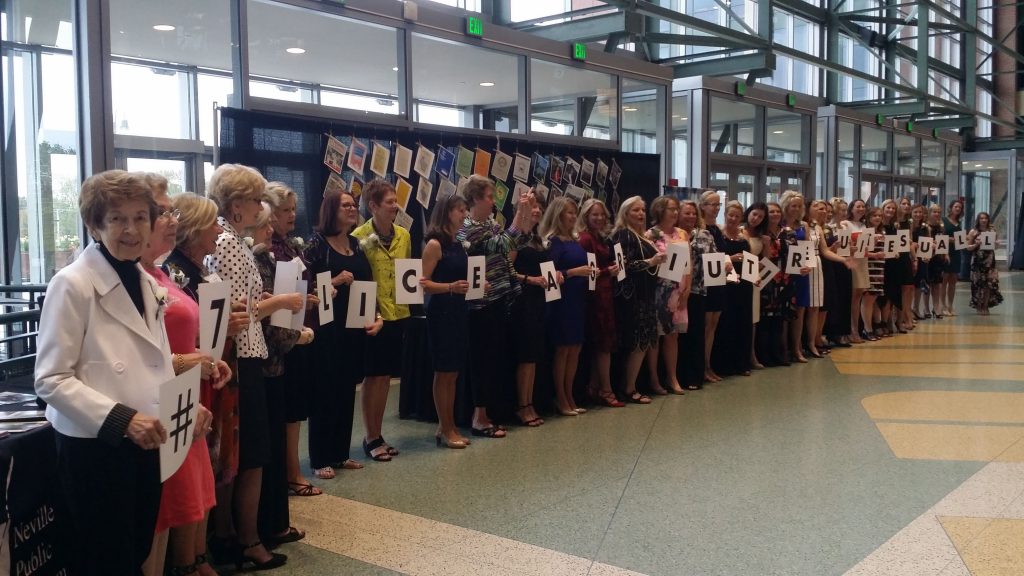
The Wisconsin Department of Agriculture, Trade and Consumer Protection (DATCP) announced Monday the cancellation of the 74th annual Alice in Dairyland finals, previously set to be held in Walworth County in May 2021.
The 75th finals will be held May 19-21, 2022 in Dane County as previously planned.
“Alice in Dairyland is a long-standing Wisconsin tradition. Even during the unexpected challenges of COVID-19, Alice has reminded us all of the diversity and strength of Wisconsin agriculture,” said DATCP Secretary-designee Randy Romanski. “While 2020 may be behind us, the pandemic is not. Cancelling the 74th Alice in Dairyland finals is an unfortunate but necessary step to help protect the health and safety of our staff and the public we serve. We look forward to resuming the annual Alice selection process in 2022.”
“We greatly appreciate the extensive efforts of Walworth County, whose host committee has remained flexible throughout this process. We look forward to showcasing Walworth County at a future Alice in Dairyland finals,” added Krista Knigge, Administrator of DATCP’s Division of Agricultural Development, which houses the Alice in Dairyland program. “We also thank our partners at Dairy Farmers of Wisconsin, the Wisconsin Corn Promotion Board, the Mid-West Jewelers Association, and the Kettle Moraine Mink Breeders Association for their steadfast commitment to the Alice program and their support of these unprecedented changes.”
Julia Nunes of Chippewa Falls will continue in her current role as Alice in Dairyland until July 15, 2022, officially becoming the 74th Alice in May 2021. Applications for the 75th Alice in Dairyland will be made available on Jan. 3, 2022. After being selected at the Dane County finals, the 75th Alice in Dairyland will begin her term on July 5, 2022.
November Milk Prices Rises Past October Marks
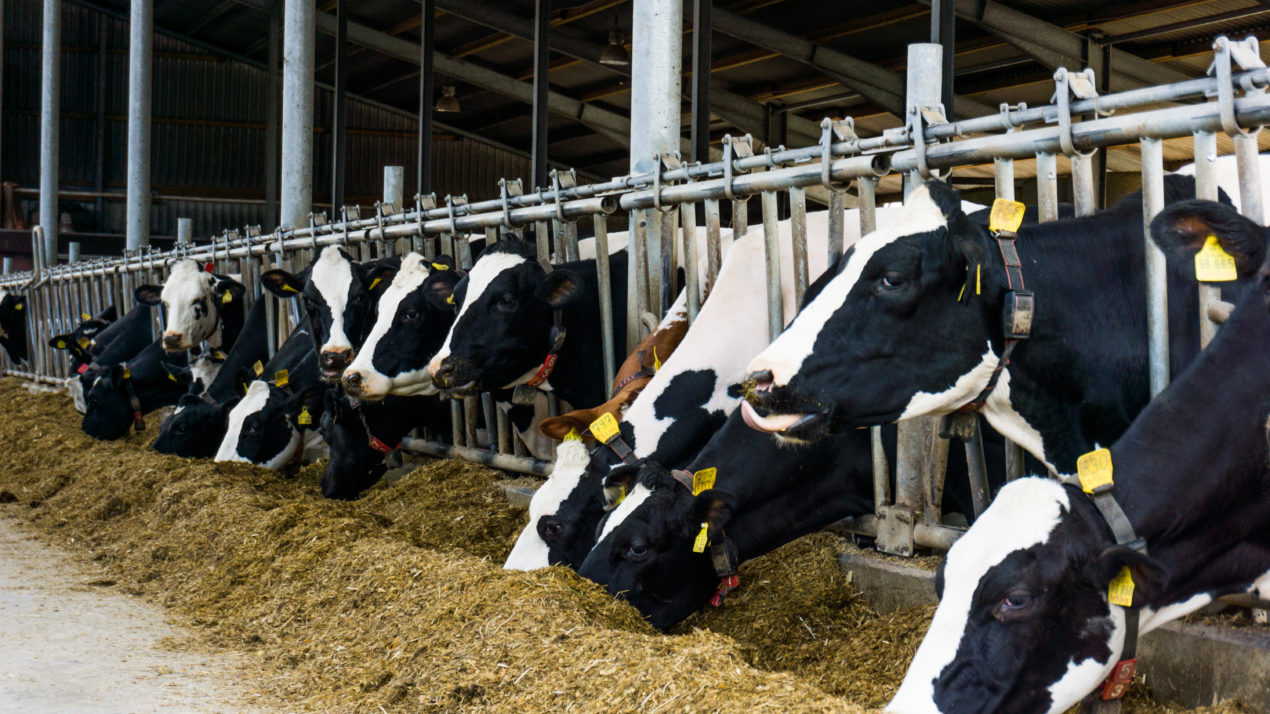
The Wisconsin all milk price for November 2020 was $22.70 per hundredweight (cwt) according to the latest USDA, National Agricultural Statistics Service – Agricultural Prices report. This was $1.20 higher than last month’s price and 20 cents higher than last November’s price. The U.S. all milk price for November was $21.30 per cwt, $1.40 lower than Wisconsin’s price but $1.10 higher than last month’s U.S. price. All of the 24 major milk producing states had a higher price when compared with October except Idaho. Idaho’s price was down 50 cents to $21.20 per cwt. Oregon had the highest price in the nation at $25.90 per cwt.
The Chicago Mercantile Exchange* (CME) 40‐pound block cheese price closed at $1.6400 per pound on December 30, while barrels were $1.5075 per pound. The CME butter price was $1.4475 per pound. For the week ending December 26, 2020, the Agricultural Marketing Service* U.S. weekly 40‐pound block cheese price averaged $1.6641 per pound, and 500 pound barrels adjusted to 38 percent moisture averaged $1.4767 per pound. The U.S. butter price was $1.4840 per pound.
2021’s First Batch of Dairy Signal Speakers Announced
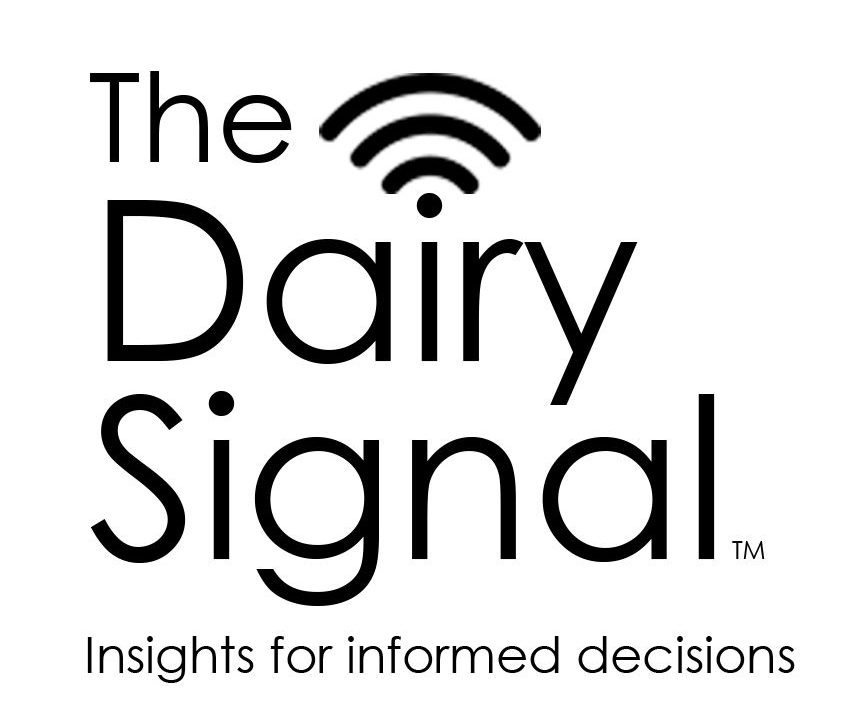
Professional Dairy Producers® (PDPW), announces the line-up of speakers for week 40 of The Dairy Signal™. The first episodes of 2021 provide insights for dairy producers to start the year on the “right foot” with updates on herd hoof health and nutrition research, as well as strategies for succession planning.
Dr. Gerald Cramer, DVM, Associate Professor, Department of Veterinary Population Medicine, University of Minnesota, will share updates on management practices and trimming protocols to reduce herd-level incidence of lameness. Dr. Heather White, PhD, Assistant Professor of Nutritional Physiology of UW-Madison, will provide insights on feed efficiency trials predicting individual cow feed intake and how they utilize nutrients differently and give an update on the Dairy Innovation Hub.
George Twohig and Troy Schneider, Partners and Attorneys at Twohig, Rietbrock, Schneider & Halbach Law Office will share hurdles in succession planning and estate planning and how farms can stay in-line with their business goals.
Developed by fellow dairy farmers from the PDPW Board of Directors, The Dairy Signal is a weekly series of free educational episodes offering insights and resources for fellow dairy farmers and other food system professionals throughout the value chain. The episodes air live from 12:00-1:00 PM CT each Tuesday, Wednesday, and Thursday; recorded sessions are available later in the day.
Week 40 episodes will also feature a new look for The Dairy Signal, including updated graphics, a new searchable archive of past episodes, and recognition of sponsors that make it possible for PDPW to provide The Dairy Signal at no cost to viewers.
Dr. Paul Fricke,PhD, Dairy Reproduction Specialist at University of Wisconsin-Madison, shared latest research findings on Tuesday, Dec. 29. He discussed the latest research results on the role that timing of artificial insemination can play in optimizing fertility of sexed semen in lactating dairy cows and non-lactating dairy heifers.
Dan Basse, Economist and President of AgResource Company, wrapped up the 2020 season with his top ten predictions for 2021 across the U.S. and global economy, as well as agriculture and dairy sectors.
Our dairy industry and lives are changing daily and our need for accurate business information is vital. Content on The Dairy Signal is updated as new information becomes available.
Here is a look at the upcoming presenters and topics:
Tuesday, January 5
Topic: Learn the latest hoof trimming methods, herd level factors that influence lameness incidence and how dairy producers can reduce the incidence of lameness. Episode presenter includes:
· Dr. Gerald Cramer, DVM, Associate Professor, Department of Veterinary Population Medicine, University of Minnesota
Wednesday, January 6
Topic: Hear an update on transition cow research and feed efficiency trials predicting individual cow feed intake and how they utilize nutrients differently, as well as an update at the Dairy Innovation Hub.
Episode presenter includes:
· Dr. Heather White, PhD, Assistant Professor of Nutritional Physiology of UW-Madison
Thursday, January 7
Topic: Farm estate and transfer plans are only effective if they are kept up to date. Learn action plans to keep your farm succession plan and estate plan current and in line with business and personal goals. Episode presenters include:
· George Twohig and Troy Schneider, Partners and Attorneys at Twohig, Rietbrock, Schneider & Halbach Law Office
November Milk Price Rises Past October Marks
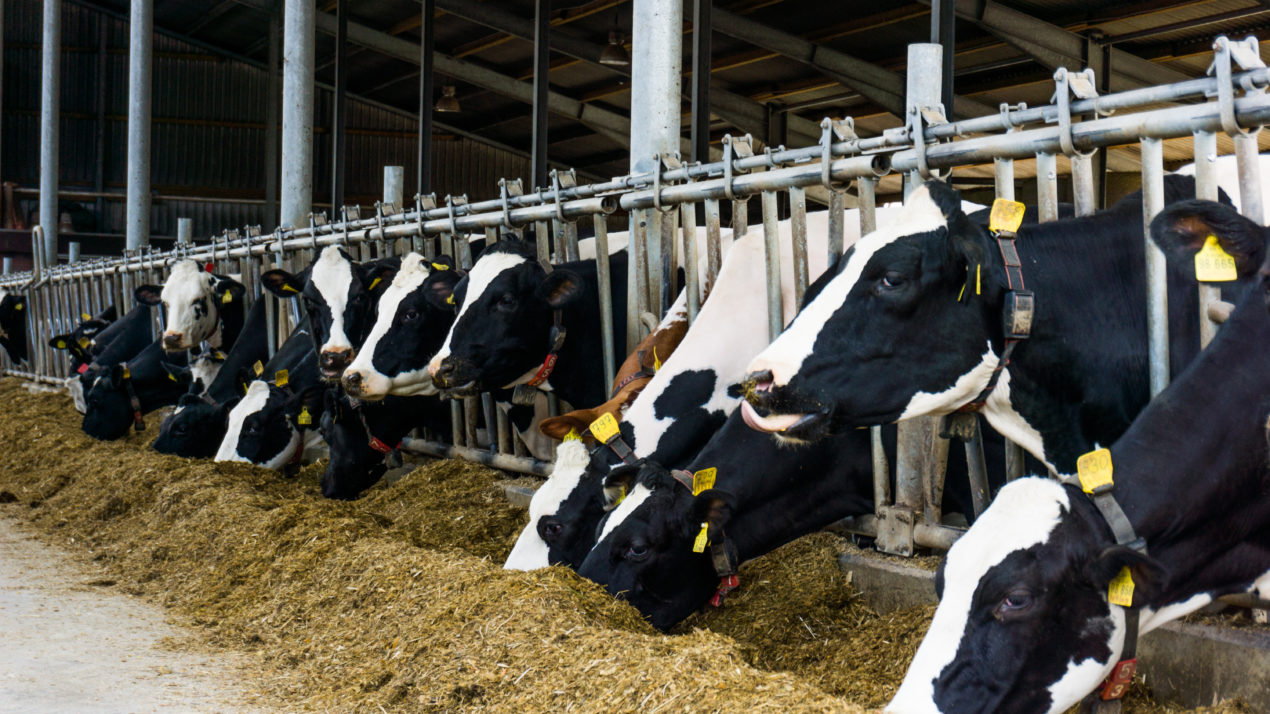
The Wisconsin all milk price for November 2020 was $22.70 per hundredweight (cwt) according to the latest USDA, National Agricultural Statistics Service – Agricultural Prices report. This was $1.20 higher than last month’s price and 20 cents higher than last November’s price. The U.S. all milk price for November was $21.30 per cwt, $1.40 lower than Wisconsin’s price but $1.10 higher than last month’s U.S. price. All of the 24 major milk producing states had a higher price when compared with October except Idaho. Idaho’s price was down 50 cents to $21.20 per cwt. Oregon had the highest price in the nation at $25.90 per cwt.
The Chicago Mercantile Exchange* (CME) 40‐pound block cheese price closed at $1.6400 per pound on December 30, while barrels were $1.5075 per pound. The CME butter price was $1.4475 per pound. For the week ending December 26, 2020, the Agricultural Marketing Service* U.S. weekly 40‐pound block cheese price averaged $1.6641 per pound, and 500 pound barrels adjusted to 38 percent moisture averaged $1.4767 per pound. The U.S. butter price was $1.4840 per pound.
Land Stewardship Project releases second song about building soil health

The Land Stewardship Project (LSP) released a pair of music videos highlighting key themes of the growing farmer interest in building soil health.
The two songs-of-the-soil, “Got Cover Crops” and “Back to Soil,” were commissioned from Austin, Minn., native and singer-songwriter Bret Hesla and performed with the band Six Feet Deep. Video editing and production was done by Winona-area native Kobi Dansingburg.
While writing the songs, Hesla got deeply grounded in the subject matter through visits to the farms of soil health farmers and Land Stewardship Project members Tom and Alma Cotter, of Austin, and Kaleb and Angie Anderson of Goodhue, Minn.
LSP hoped the videos can further build the energy and community that’s been growing among farmers interested in improving soil health in the Upper Midwest.
According to LSP soil health team member Doug Nopar, these songs help reach people at a deeper level.
“Between the upbeat rhythm and the catchy lyrics, it’s hard to get these songs out of your head,” Nopar said. “Music can help keep us all connected to a larger goal — in this case, building the soil and the vitality of our farms, and these songs do just that. We’re hoping this music can help inject a bit of hope and levity and support for those that are doing the right thing out on the land.”
The music videos are available for public use and at no charge. The videos and the audio can be accessed through the Land Stewardship Project website.
Making more with less, Seven Sons Farms focuses on regenerative agriculture and consumer connections

